| Abstract | The main objective of this study was to estimate the impact of dehumidi?cation with a cascade liquid desiccanton the primary energy consumption in a liquid desiccant and evaporative cooling-assisted 100% outdoor airsystem. Detailed energy simulations were performed for two systems serving an identical o?ce space: theconventional liquid desiccant and indirect/direct evaporative cooling-assisted 100% outdoor air system (LD-IDECOAS) (i.e., Case 1) having a single-stage liquid desiccant dehumidi?cation section, and a retro?t case of theLD-IDECOAS having a cascade liquid desiccant section (i.e., Case 2) consisting of a two-stage liquid desiccantdehumidi?er. The results showed that Case 2 consumed 12% less primary energy under the peak load conditionand 17.4% less primary energy during the cooling season. The overall thermal and primary coe?cients ofperformance of Case 2 were 0.78 and 2.05, respectively, whereas those of Case 1 were 0.65 and 1.45, respec-tively. In addition, it was also observed that Case 2 could provide lower supply air temperature to the condi-tioned space compared with Case 1 owing to enhanced evaporative cooling performance, which was mainlycaused by enhanced dehumidi?cation in the cascade liquid desiccant section. The lower supply air temperatureresulted in reductions in fan and pump energy consumptions during the operation. |
|---|
